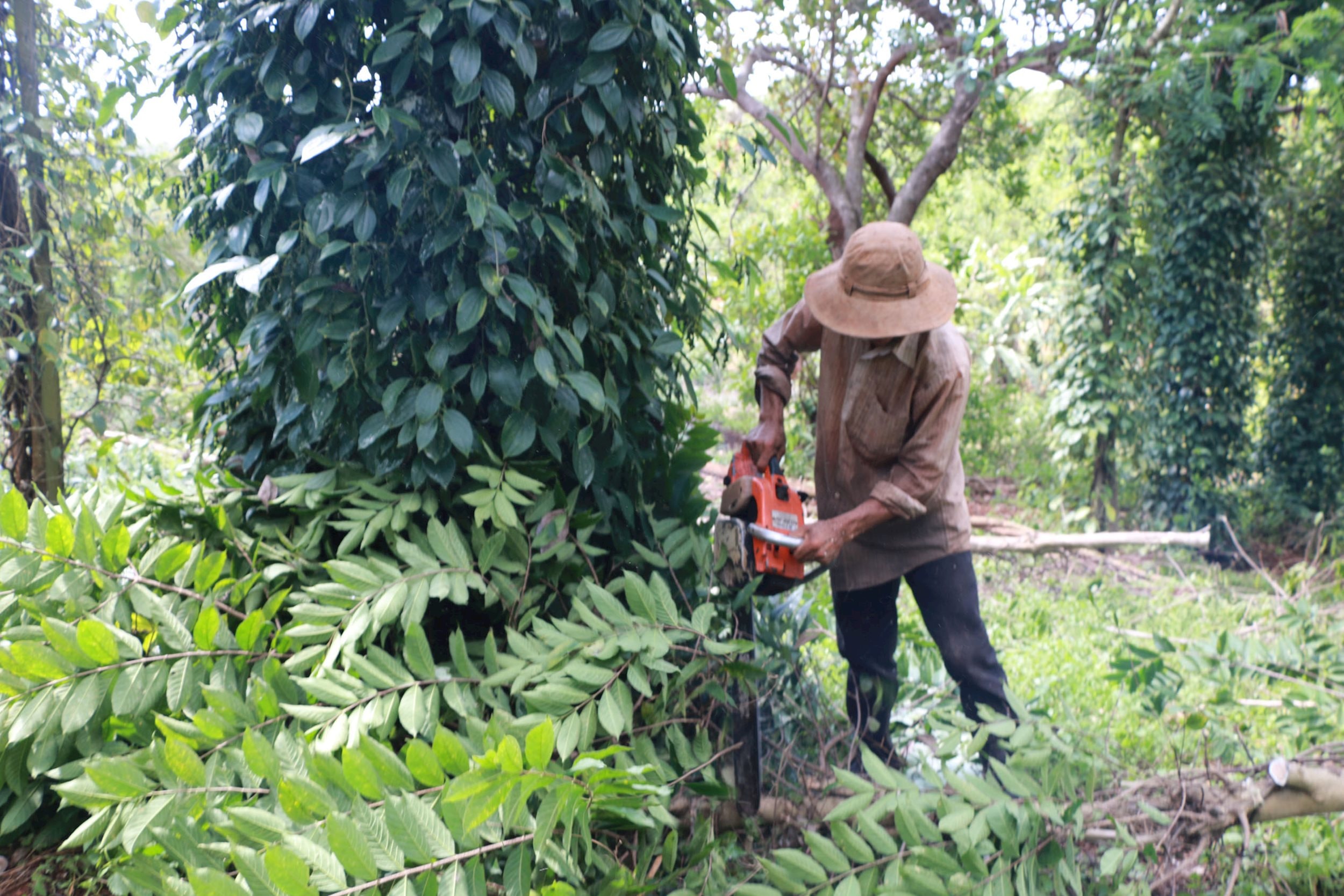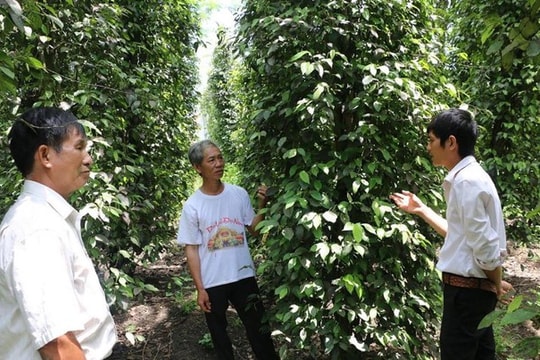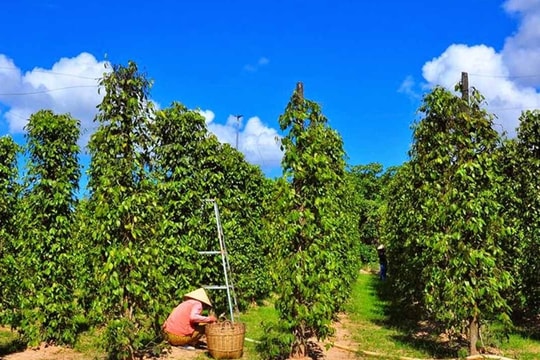Pepper price today May 21, 2025: Maintains high level above 150,000 VND
Today's domestic pepper price, May 21, is at 150,000 - 153,000 VND/kg. Pepper prices remain high at over 150,000 VND. In India, pressure from increased imported pepper has caused domestic pepper prices to drop.
Pepper price today May 21, 2025 in the domestic market
Pepper prices today in some key growing areas remain high compared to yesterday. Accordingly, the domestic pepper price level is from 150,000 VND/kg to 153,000 VND/kg.
In the Central Highlands region, pepper price today in Dak Lak is unchanged compared to yesterday, currently at 153,000 VND/kg.
Pepper price today in Gia Lai is unchanged compared to yesterday, currently at 150,000 VND/kg.
Pepper price today in Dak Nong is unchanged compared to yesterday, currently at 153,000 VND/kg.
In the Southeast region, pepper prices in Ba Ria - Vung Tau today are at 151,000 VND/kg, unchanged from yesterday. Dong Nai is unchanged from yesterday at 151,000 VND/kg.
In addition, pepper price today in Binh Phuoc is unchanged compared to yesterday, currently at 151,000 VND/kg.

Pepper price today May 21 in the world market
In the world market, based on quotes from export enterprises and export prices in countries, the International Pepper Association (IPC) updated the prices of pepper of all types traded in the international market on May 20 (local time) as follows:
Indonesia's Lampung black pepper price increased slightly compared to yesterday at 7,379 USD/ton (up 0.3%). In addition, Muntok white pepper price also increased slightly compared to yesterday at 10,062 USD/ton (up 0.3%).
Brazilian black pepper ASTA 570 price decreased slightly compared to yesterday at 6,650 USD/ton (down 0.75%).
Malaysia’s ASTA black pepper price remained unchanged from yesterday at $9,200/ton. Meanwhile, the country’s ASTA white pepper price remained stable from yesterday at $11,900/ton.
Prices of all types of Vietnamese pepper remained unchanged compared to yesterday. Of which, the price of Vietnamese black pepper 500 gr/l reached 6,700 USD/ton; 550 gr/l reached 6,800 USD/ton.
Similarly, Vietnam's white pepper price remained unchanged from yesterday at USD 9,700/ton.
Pepper prices have been on a downward trend since peaking at VND160,000/kg. Currently, the price has reached VND150,000/kg, and according to experts, if this level is broken, the market may face a deeper decline. The main reason is the financial difficulties that both exporters and importers are facing, especially in the second quarter and the coming months.
However, the world supply and demand factor is still an important support for the pepper market. Currently, the world pepper supply is still not enough to meet demand, this is considered a positive signal to help prices not fall too low in the medium and long term.
In India, pressure from increased imports has led to a decline in domestic pepper prices. According to Thehindubusinessline, businesses in this country are petitioning the government to intervene to protect domestic pepper growers, such as setting a minimum import price and reviewing tariff incentives.
Aswath Balaji, chief operating officer of Hectar Global, said pepper imports from Sri Lanka and Vietnam are increasing sharply. Sri Lankan pepper is currently being cleared at Indian ports at less than Rs 650 per kg, retailing at around Rs 675 per kg.
Meanwhile, domestic pepper prices remain around Rs 700 per kg, despite a decline of around 5% in the last three weeks. Spice producers are prioritizing low-cost imported goods, while many buyers are waiting for prices to fall further.
The upcoming Sri Lankan pepper crop, which will be harvested from June, is expected to put downward pressure on prices. Under the free trade agreement (FTA) between India and Sri Lanka, the first 2,500 tonnes of pepper are completely duty-free, with the excess amount subject to only 8% duty, making imported pepper significantly cheaper than domestic pepper.
Mr. Balaji suggested that the government should review FTAs with Sri Lanka, South Asian countries and ASEAN; increase the minimum import price higher than the domestic pepper price; tighten trade monitoring; support the expansion of export markets for Indian pepper and encourage the production of high-quality pepper domestically.





